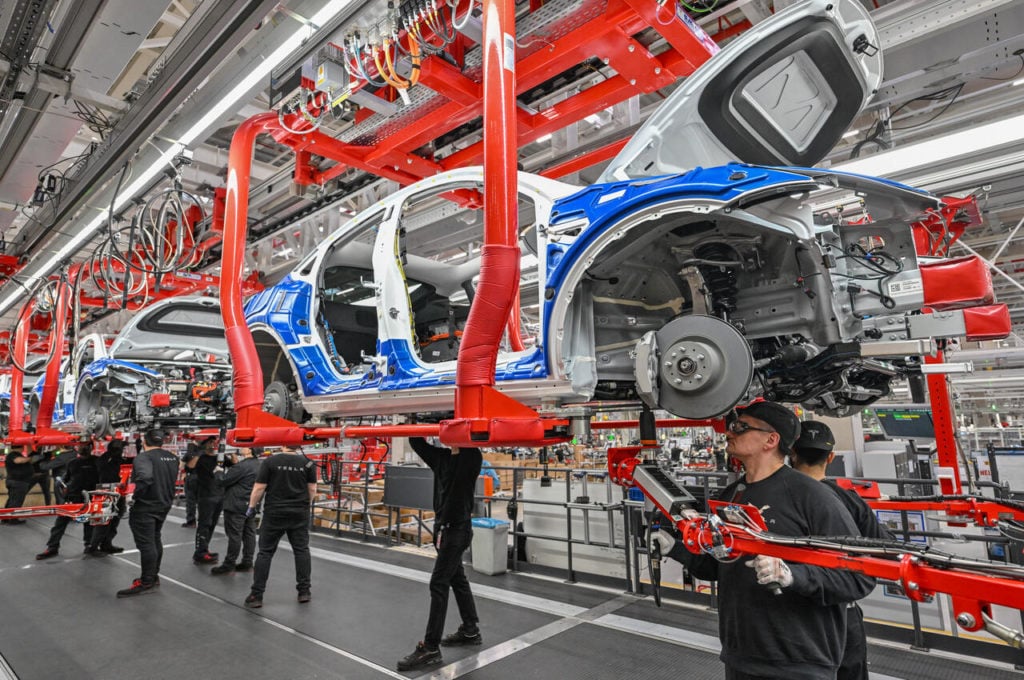New data show that immigration has increased and integration improved since 2006. Yet to make sure that people born outside Europe get the chance to catch up, we need a new and clear reform agenda. If we continue on the current path, it will take another 78 years before the employment level of foreign-born workers is as high as that for people born in Sweden.
The recent meeting in Maramö of the leaders of the four government coalition parties marks the half-way point of their second term in power. Unfortunately, however, the political gathering did not end up with the governing centre-right Alliance coalition offering any political updates, despite the tangible need for reforms in Sweden.
SEE ALSO: Flag-raising fail marks Alliance strategy shindig
One the most important societal challenges is how to integrate foreign-born workers in the job market.
Negative headlines sometimes paint the picture that integration will only work if the number of immigrants falls. This new data, however, shows that Sweden has improved integration at the same rate that immigration has picked up.
We already know that people born abroad now increasingly find work. The proportion of people working full-time has also increased more than it has among people born in Sweden.
If we compare the time period 2000 to 2005 with the subsequent five-year period leading up to 2011, we see a marked difference on the labour market.
In those first few years, the proportion of the Swedish population born outside Europe went up by 1.8 percentage points, while employment levels in that group hovered around 50 percent throughout.
During the following period, however, the proportion of the Swedish population born outside Europe went up by 2.9 percentage points. By 2011, the increase in employment went up by 2.18 percentage points for foreign-born residents compared the year before, which outperformed the 2.0 percentage-point increase in employment among people born in Sweden.
Despite the financial crisis, the average employment rate was higher between 2006 and 2011 than it had been in the years before then. By 2011, employment rates among the foreign-born had reached the same record level as during the economic boom a few years before prior to the 2008-2009 financial crisis.
A contributing factor to why integration improved was that employment went up among newly arrived immigrants in particular. In the first few years of the 2000s, employment among new immigrants had actually gone down, but then it picked up after 2006.
In 2011, 26.5 percent of immigrants who had arrived within the past two years were working – the highest level yet.
These results show us that it is possible to be both an open country and to get people into work. The lesson we should learn from the positive outcome between 2006 and 2011, however, is that success doesn’t come for free.
To raise employment rates and improve integration by even by a small amount, we need a reform agenda, including tax cuts, tax deductions for the purchase of services in the home (RUT), and increased incentives in the social security system to get people into the workplace.
We have improved integration but we are nowhere near the target. The gap between people born in Sweden and those born outside Europe is still, in terms of employment, 28 percentage points.
We need extensive reforms to improve integration. Helping businesses operate at the local level has the potential to create 275,000 new jobs, of which 120,000 would be work that does not require high-level technical or academic skills.
On the national level, Prime Minister Fredrik Reinfeldt of the Moderate Party and his three coalition partners must consider lowering the threshold for foreign-born employees to get work, for example by lowering the cost of employing someone, softening the right to work, and by creating functional vocational training programmes.
The employers also have a particular responsibility in securing more introductory jobs.
Li Jansson is an economist at the Confederation of Swedish Enterprise (Svenskt näringsliv)
A Swedish version of this op-ed was originally published on the opinion pages of the Expressen newspaper.




 Please whitelist us to continue reading.
Please whitelist us to continue reading.
Member comments